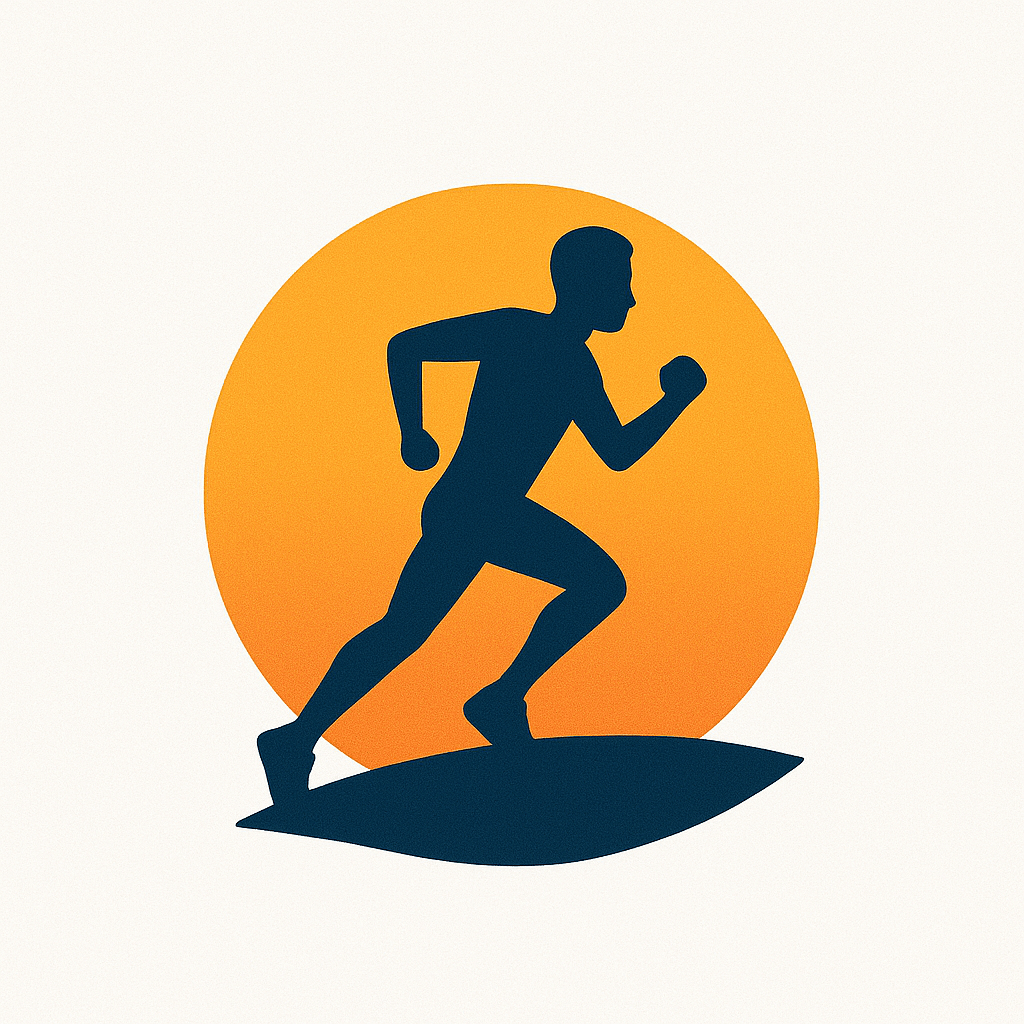Why Stretching Isn’t Optional Anymore
You know that feeling: you step out the door for your run, and within the first few strides, your legs feel like they’re made of concrete. Or worse, you finish a strong workout and then spend the rest of the day nursing a tight hamstring. If you’ve been there, you’re not alone.
Stretching is often the first thing runners skip when time is tight. But it shouldn’t be. Proper stretching is one of the most powerful tools in your running toolkit—not just to prevent injury, but to enhance your performance and recovery. And the key lies in knowing when and how to do it right.
Whether you’re just starting out or you’re chasing a new PR, let’s build a stretching habit that supports your body, fuels your momentum, and gives you the freedom to keep running strong.
The Power of Pre-Run Stretching
What Happens to Your Body When You Don’t Warm Up
Skipping a warm-up means jumping into motion with cold, tight muscles. That can limit your range of motion, reduce your stride efficiency, and increase your risk of strains or sprains. A proper warm-up prepares your joints, lubricates your muscles, and activates your nervous system—like gently turning the ignition key before flooring the gas pedal.
Best Dynamic Stretches Before You Run
Dynamic stretches are your go-to before a run. They activate the muscles you’ll use without overstretching them. Try this 5-minute sequence:
- Leg Swings: Forward and side-to-side (15 each direction)
- Walking Lunges with Rotation: Step forward, twist toward your front leg (10 reps each side)
- Butt Kicks: Jog in place, heels to glutes (30 seconds)
- High Knees: Pump arms, lift knees (30 seconds)
- Hip Openers: Standing or walking, lift the knee and circle it out (10 each side)
- Arm Circles: Small to large, forward and back (10 each direction)
Together, these moves warm up every major muscle group you’ll use on the road or trail.
Expert Tips for Better Pre-Run Stretching
- Time it right: Stretch before your run only with dynamic moves.
- Tailor to conditions: Colder weather or longer runs? Warm up more.
- Avoid static holds: They can relax your muscles too much pre-run, decreasing power.
- Be consistent: Even five minutes makes a difference if done regularly.
The Calm After the Storm: Post-Run Stretching
Why Cooling Down Matters More Than You Think
You just crushed your workout. You’re dripping sweat, heart pounding. Stopping abruptly can leave blood pooling in your legs and muscles tightening up fast. Cooling down and stretching afterward helps lower your heart rate, reduce soreness, and speed up recovery.
Best Static Stretches After Running
Now’s the time for slow, deep stretches. Here’s a simple post-run flow:
- Standing Quad Stretch: Pull one foot to your glute, keep knees close (30 seconds each side)
- Hamstring Stretch on a Step: Place heel on a curb, hinge at hips (30 seconds each side)
- Seated Forward Fold: Legs extended, reach for your toes (1 minute)
- Calf Stretch Against Wall: One foot back, heel down (30 seconds each side)
- Figure-Four Glute Stretch: Cross one ankle over opposite knee, sit back (30 seconds each side)
Do these gently, focusing on breath. You should feel tension, not pain.
Tools to Boost Recovery
- Foam Roller: Use on quads, calves, and IT bands post-run.
- Resistance Bands: Great for deep hamstring and glute work.
- Breathwork: Deep belly breathing while stretching calms your nervous system and enhances recovery.
Stretching Myths That Might Be Holding You Back
- “Stretching before running is bad”: Only static stretching is problematic pre-run. Dynamic moves are crucial.
- “Only injured runners need to stretch”: Flexibility and mobility benefit everyone, especially endurance athletes.
- “Stretching takes too long”: Even 5-10 minutes can transform your recovery and reduce injury risk.
Let’s replace myths with smart, science-backed habits.
Your Stretch, Your Power: Build the Habit That Builds the Runner
Here’s the truth: consistent stretching can add years to your running journey. And it doesn’t require a perfect yoga flow or an hour of spare time.
Attach your stretches to something you already do—like brushing your teeth post-run or waiting for your coffee to brew. Put your foam roller in plain sight. Create a playlist just for cooldown time. Build cues that make stretching automatic.
Even elite runners prioritize stretching. Olympic champion Eliud Kipchoge swears by a daily routine that includes mobility, stretching, and strength. If it works for the greatest marathoner in history, it can work for you.
Conclusion: Stretch It Out, Then Go Further
Stretching isn’t a luxury. It’s part of your run. It’s how you honor the work your body just did. And it’s your commitment to the next run, the next race, the next adventure.
So next time you lace up, remember: a few minutes before and after could be the difference between a strong stride and a sidelining strain. Your running future is flexible. Keep it that way.
You’ve got this. Stretch. Run. Repeat.






Leave a Reply